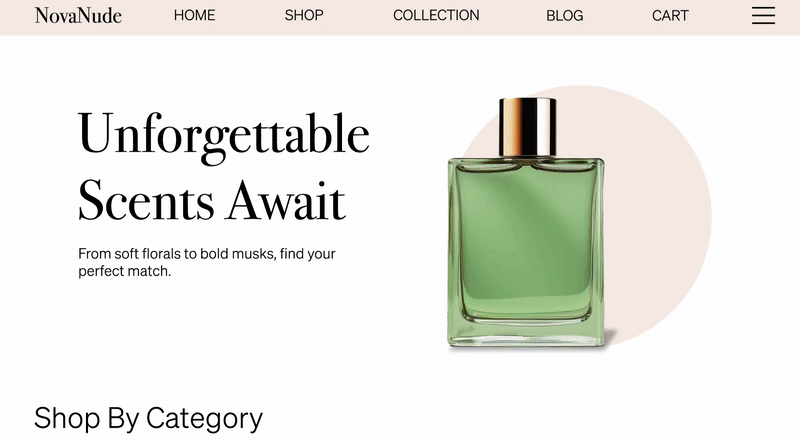Explore how Sponsored Product Ads are transforming retail media with high-performance, intent-based targeting. Learn why they're key to boosting sales, visibility, and ROAS in the evolving digital marketplace.
Within the rapidly evolving retail media landscape, Sponsored Product ads have become a foundational format. Designed to increase brand visibility at the critical moment of purchase, they are an essential component for effective on-site monetization strategies.
In less than a decade, retail media sponsored ads have experienced remarkable growth. According to projections from eMarketer, advertiser spending on retail media sponsored ads is set to exceed $38 billion in 2025. This figure surpasses the forecasted ad spend for both CTV and programmatic advertising on publisher websites.
Sponsored Sponsored Product Ads first appeared through major e-commerce platforms like Amazon. These native ads seamlessly integrate into search results or product listings, promoting specific stock-keeping units (SKUs) while appearing very similar to regular product listings. One of the key differences: Sponsored Product ads usually have a small label like “Sponsored” or "Ad" to show they are paid placements within a retailer’s digital ecosystem.

What sets Sponsored Product ads apart from traditional display ads is their contextual integration. These ads are strategically placed to align with the shopper’s journey, guiding purchase decisions at the very moment when buying intent is high. Sponsored Products operate mostly on a Cost-Per-Click (CPC) model, where advertisers bid on keywords or product categories.
Beyond the primary goal of boosting sales, Sponsored Product ads are especially effective in targeted scenarios such as launching new products, building brand awareness, and liquidating excess inventory by providing the visibility needed to move stock quickly and efficiently.
Brands can also create specific campaigns with targeting tailored to seasonal peaks and events (e.g. Black Friday, back-to-school). Another key opportunity is increasing the average order value by advertising products that are frequently bought together.
For guidance on effectively measuring sponsored product placements and implementing best practices, check out IAB Europe's Guide to Sponsored Products, which provides a comprehensive overview.
For retailers ready to dive into retail media, Sponsored Product ads are the ideal starting point. At Equativ, we empower retailers to unlock the full value of their media assets throughout the shopper journey—offering transparency, control, and the tools advertisers need to launch high-performance campaigns powered by first-party data.

Summary
A Product Marketing Associate in our Paris office, Arina supports the product marketing team focused on supply and emerging channels. In addition, she is currently pursuing a Master’s Degree in Digital Marketing.